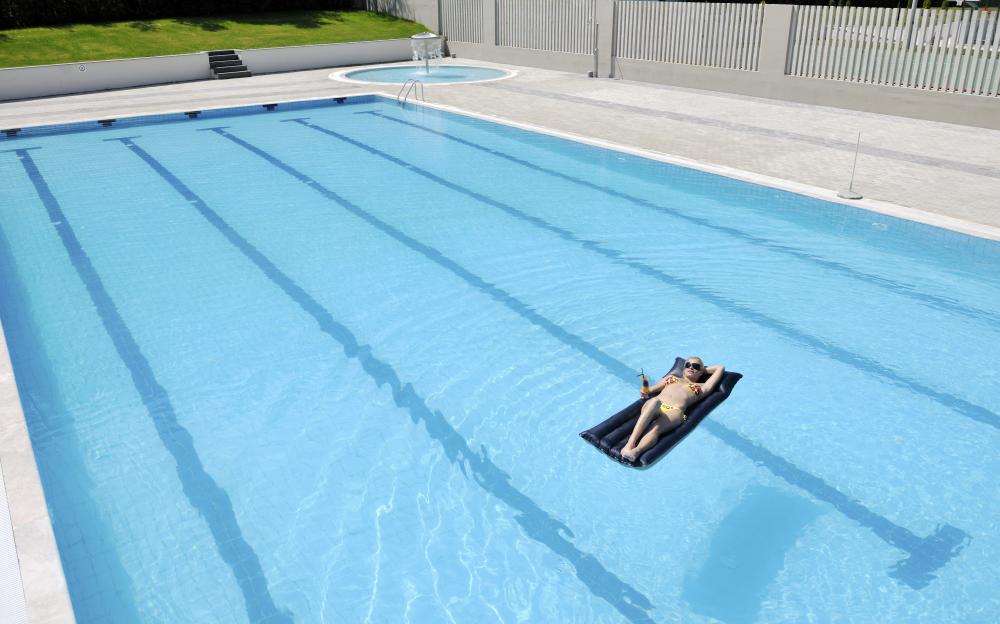
Introduction
Welcome to Travelling Tips, where our mission is to empower your travel adventures with expert advice and in-depth reviews. Today, we’re diving into the world of comfort and practicality for campers and outdoor enthusiasts with our mountain warehouse self inflating mat review. Whether you’re planning your first camping trip or you’re a seasoned explorer of the great outdoors, finding the right gear can make all the difference in your experience.
What to Look For in a Self-Inflating Mat
Comfort and Thickness
When you’re lying under the stars after a day of hiking, the last thing you want is an uncomfortable sleep. The comfort level and thickness of a mat are pivotal to a good night’s rest. A thicker mat usually offers better insulation and comfort but can add to the weight and bulkiness.
Weight and Portability
For backpackers, the weight and size of a mat when rolled up are crucial. You want something that’s light enough to carry on long treks but doesn’t compromise on comfort and warmth.
Durability and Material
The materials used in a mat’s construction determine its durability and resistance to wear and tear. Look for a mat made from high-quality materials that can withstand the rigors of outdoor use.
Mountain Warehouse Self Inflating Mat Review
Embarking on my latest camping adventure, I opted to test the Mountain Warehouse self-inflating mat. Known for its budget-friendly prices and a wide range of products, Mountain Warehouse has become a go-to for many outdoor enthusiasts. Let’s delve into the specifics of this mat and how it fares in the wild.
First Impressions
Right out of the bat, the cost of this mat catches the eye. It’s an affordable option for those looking to save a penny. However, it’s also immediately apparent that this mat is on the heavier and bulkier side compared to other options on the market.
Setting Up Camp
At the campsite, the self-inflating feature of the mat simplified setup. A few extra breaths were needed to fully inflate the mat, but it wasn’t a deal-breaker. The mat’s firmness, once inflated, may be a pro for some campers who prefer a harder sleeping surface, though it lacked the plushness and adaptability to uneven ground that air mats offer.
Pros and Cons
- Pros: The most attractive aspect of the Mountain Warehouse self-inflating mat is undoubtedly its cost. For budget-conscious travelers, this mat presents a viable option.
- Cons: The mat’s weight and bulkiness pose a significant downside for backpackers and those with limited space. Additionally, its warmth and comfort levels are somewhat lacking, making it less ideal for colder climates or those seeking plush sleeping conditions.
Comparative Analysis
Comparing With Other Mats
When stacked against its competitors, the Mountain Warehouse self-inflating mat does fall short in some areas. Other mats on the market offer better insulation, more comfort, and are lighter and less bulky. However, what this mat lacks in certain areas, it makes up for in affordability, making it an option worth considering for casual campers and those on a tight budget.
Real-world Application
In my experience using the mat during a mild autumn camping trip, it provided an adequate sleeping surface. While I did crave a bit more comfort during the night, the mat held up well against the ground’s unevenness. For those planning to camp in cooler conditions, pairing this mat with an additional closed-cell foam mat could offer the extra insulation needed.
It’s worth noting that during my trips, the mat’s durability stood out. Despite regular use and being subjected to various terrains, it showed minimal signs of wear. This resilience is a testament to the quality of materials used, which is impressive given the mat’s lower price point.
Conclusion
In conclusion, the mountain warehouse self inflating mat review reveals a product that strikes a balance between cost and performance. While it may not satisfy the needs of hardcore adventurers or those looking for luxury comfort, it holds its ground as a solid option for occasional campers and budget travelers. Its durability and simplicity in setup make it a reliable choice for anyone looking to explore the great outdoors without breaking the bank.
At Travelling Tips, we understand that every traveler has unique needs and preferences. Whether this mat is the right choice for you depends on your priorities, be it comfort, cost, weight, or durability. Whatever your choice, we’re here to ensure your adventures are as fulfilling and enjoyable as possible. Happy travels!
Further Reading
For more travel gear reviews and tips on making the most of your outdoor adventures, stay tuned to Travelling Tips. Our aim is to equip you with the knowledge and insights needed to embark on your journeys with confidence. From breathtaking hikes to serene campsite nights, let’s make every moment in the great outdoors unforgettable.

Are self-inflating mats worth it?
Absolutely, for many campers and outdoor enthusiasts, self-inflating mats are a game-changer. They strike a brilliant balance between comfort and convenience. Imagine arriving at your campsite after a day’s trek, tired and looking forward to a restful night under the stars. The last thing you want is to spend precious time blowing up a mattress. Here, the self-inflating mat shines by significantly reducing setup time, allowing more relaxation or exploration time.
Moreover, they generally provide better insulation from the ground compared to traditional air mattresses, which can make a noticeable difference in cooler conditions. However, they might not be for everyone; depending on your camping style, the balance between weight, comfort, and insulation needs careful consideration.
How long do self-inflating mats take to inflate?
The inflation time can vary depending on the size and design of the mat, but generally, self-inflating mats take between 5 to 15 minutes to inflate fully. While that might sound like a while, it’s mostly hands-off, freeing you up to continue setting up camp or preparing a meal. Sometimes, a few extra breaths at the end can give the mat the firmness you prefer, but that’s minimal effort compared to manually inflating a full air mattress.
One tip I always give to first-timers is to unroll and open the valve as soon as you set up your tent. By the time you’re done with your camp chores, you’ll have a fully inflated mat waiting for you.
What is the difference between air pad and self inflating pad?
While the names might make them sound quite similar, air pads and self-inflating pads have distinct differences in design and functionality. Air pads require manual inflation, either by blowing air into them with your mouth or using a pump. They tend to be lighter and more compact when packed down, making them a favorite among ultralight backpackers.
On the other hand, self-inflating pads have an open-cell foam filling that expands and sucks air into the pad as soon as you open the valve–no pumps or dizzying spells from blowing required. This design typically offers better insulation and a bit more cushioning compared to air pads. Therefore, if you value comfort and ease of setup and don’t mind a slight increase in weight and bulk, a self-inflating pad could be the way to go.
How thick should a self-inflating camping mattress be?
The thickness of your self-inflating camping mattress depends largely on your sleeping preferences and the type of camping you’ll be doing. Generally, mats range from about 1 inch (2.5 cm) to 4 inches (10 cm) or more. Thinner mats are more compact and lighter, suitable for backpacking where every ounce counts. However, if you’re camping close to your car or you prioritize comfort, a thicker mat can provide that extra cushioning that makes all the difference in a good night’s sleep.
Remember, the type of ground you’ll be sleeping on should also influence your decision. If you often camp on rocky or uneven surfaces, a thicker mat can provide a better barrier and improve your overall sleeping experience.
Is the Mountain Warehouse self-inflating mat suitable for all-season camping?
The suitability of the Mountain Warehouse self-inflating mat for all-season camping depends on a few factors. In warmer conditions, it certainly holds its own, providing a comfortable and convenient sleeping surface. However, in colder weather, its insulation properties might not be sufficient for everyone. For winter camping, you might need to pair it with an additional foam pad to enhance its thermal qualities. It’s all about layering, much like how we dress for cold weather, to ensure you stay warm throughout the night.
So, while it’s a versatile option, tailoring it to the season can enhance your comfort and ensure it meets your needs year-round.
How does the Mountain Warehouse self-inflating mat compare in terms of durability?
From my experience and observations, the Mountain Warehouse self-inflating mat scores quite well in terms of durability. Its construction and materials are designed to withstand the rigors of outdoor use. Whether it’s being laid out on rocky terrains, getting packed and unpacked repeatedly, or facing the occasional spill, the mat holds up commendably.
Of course, like any camping gear, its longevity will significantly depend on how you use and care for it. Regular cleaning and storing it properly when not in use can extend its life even further. Given its affordability, the mat offers excellent value in durability, making it a reliable choice for casual campers and budget-conscious travelers alike.
Can the Mountain Warehouse self-inflating mat be used for backpacking?
Yes, the Mountain Warehouse self-inflating mat can be used for backpacking, but with some considerations. While it’s a bit on the heavier and bulkier side compared to some ultralight options specifically designed for backpacking, for short to moderate treks, it can be a viable option, especially for those prioritizing budget and comfort over the absolute minimum pack weight.
For long-distance backpacking where every ounce matters, it might not be the first choice. However, for many, the trade-off between a slightly heavier pack and a good night’s sleep is well worth it. It all comes down to personal preference and the specifics of your trip.
Resources
- Self-Inflating Mats – REI: A comprehensive guide to self-inflating mats, including tips on choosing the right one for your needs. Click here
- Camping Gear Reviews – OutdoorGearLab: Expert reviews and comparisons of camping gear, including self-inflating mats. Click here
- Outdoor Equipment – Sierra Trading Post: A selection of outdoor equipment, including self-inflating mats, at discounted prices. Click here